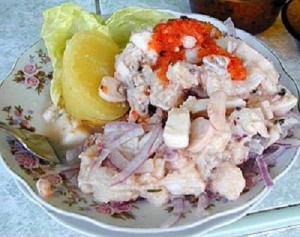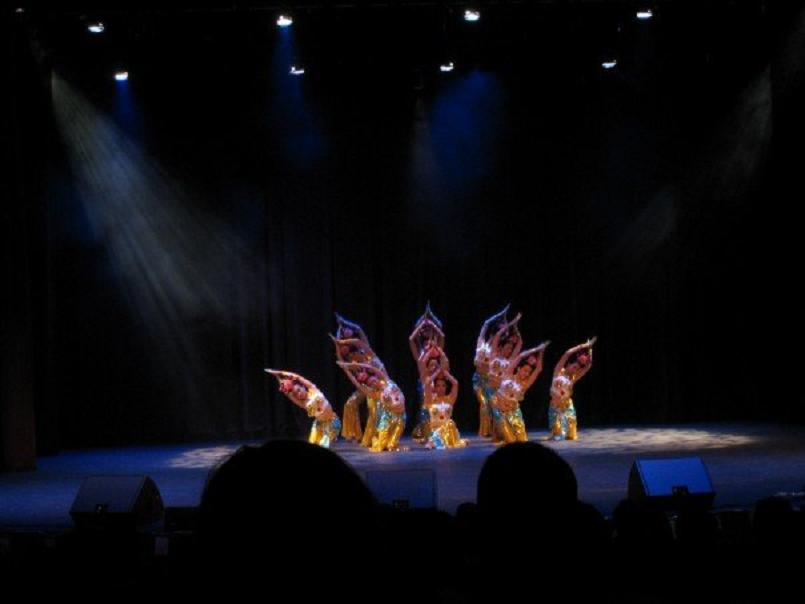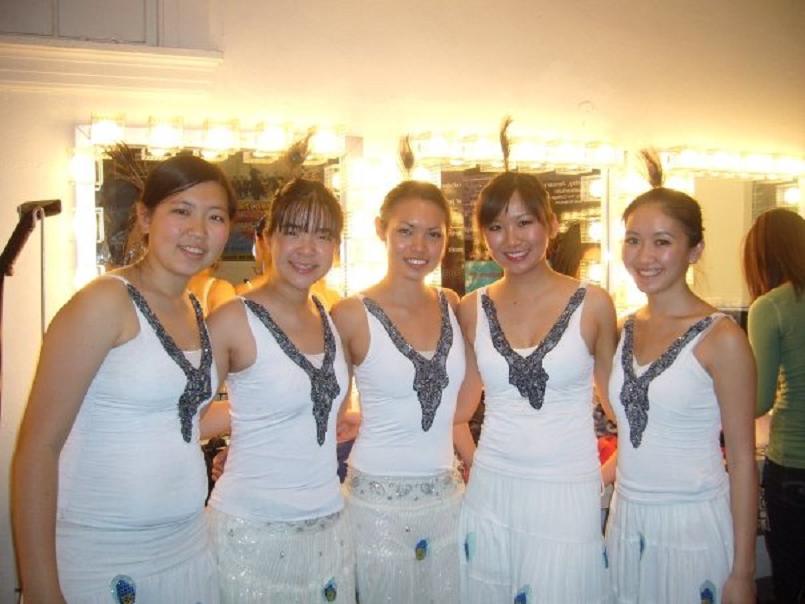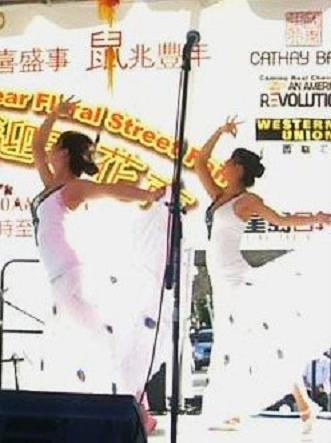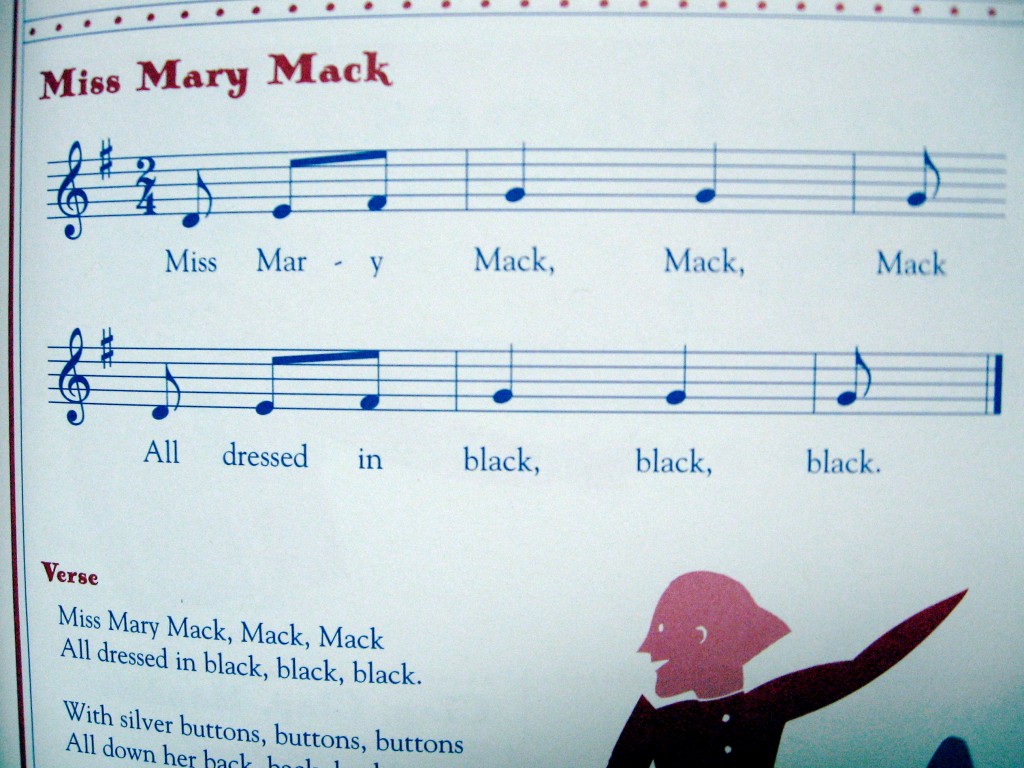Holiday Korean
????
Uh ree nee nal
Childrens Day
My mother told me about a Korean holiday called Childrens Day, which is celebrated on May 5th. This is not an official United States holiday, but my family and a few other Korean families I know celebrate this holiday. My mother does not remember who started this holiday or what year this holiday originated from, but she believes that the goal of this holiday is to develop a sense of appreciation for the youth of the nation. Most communities celebrate this day with festivals or parades. She said that when she was a child, they used to play traditional games and go to amusement parks that offered free admission to children. This day is when children are given gifts by their parents, and sometimes by certain stores that they might visit. Some families will put out all of the traditional Korean foods they can get their hands on. My family simply celebrated this holiday by taking the children out on a shopping spree, or the children in the family would receive money from the adults of the family. Since I am an only child with separated parents, I usually received money from both my parents, both of my grandmothers, and most of my aunts and uncles. Unfortunately, once I turned around fifteen, our family stopped celebrating this holiday. I believe this happened because there were quite a few fights in our family, and we generally eventually stopped celebrating holidays together as a family.
It is interesting to note that May 5th marks the beginning of summer, an important mark on the South Korean calendar. This beginning of summer is called Tano. Also, generally, around the month of May is when people all over the world celebrate the birth of new beginnings. For instance, June weddings are said to bring the best luck to couples because it is around this time that is best to have new beginnings. Also, Easter is celebrated in April, which not only celebrates the resurrection of Christ, but also involves the Easter bunny and searching for Easter eggs. The Easter bunny represents fertility, and the searching of eggs represents the search for new life. These holidays are placed between the winter solstice and the summer solstice for the hypothetical circle of life. In other words, it is scheduled to be around the equinox. Another example is May Day, which is situated along the equinox as well.

